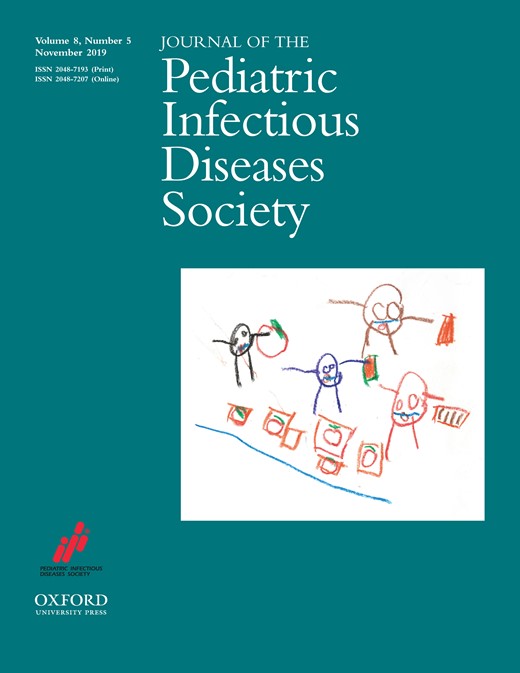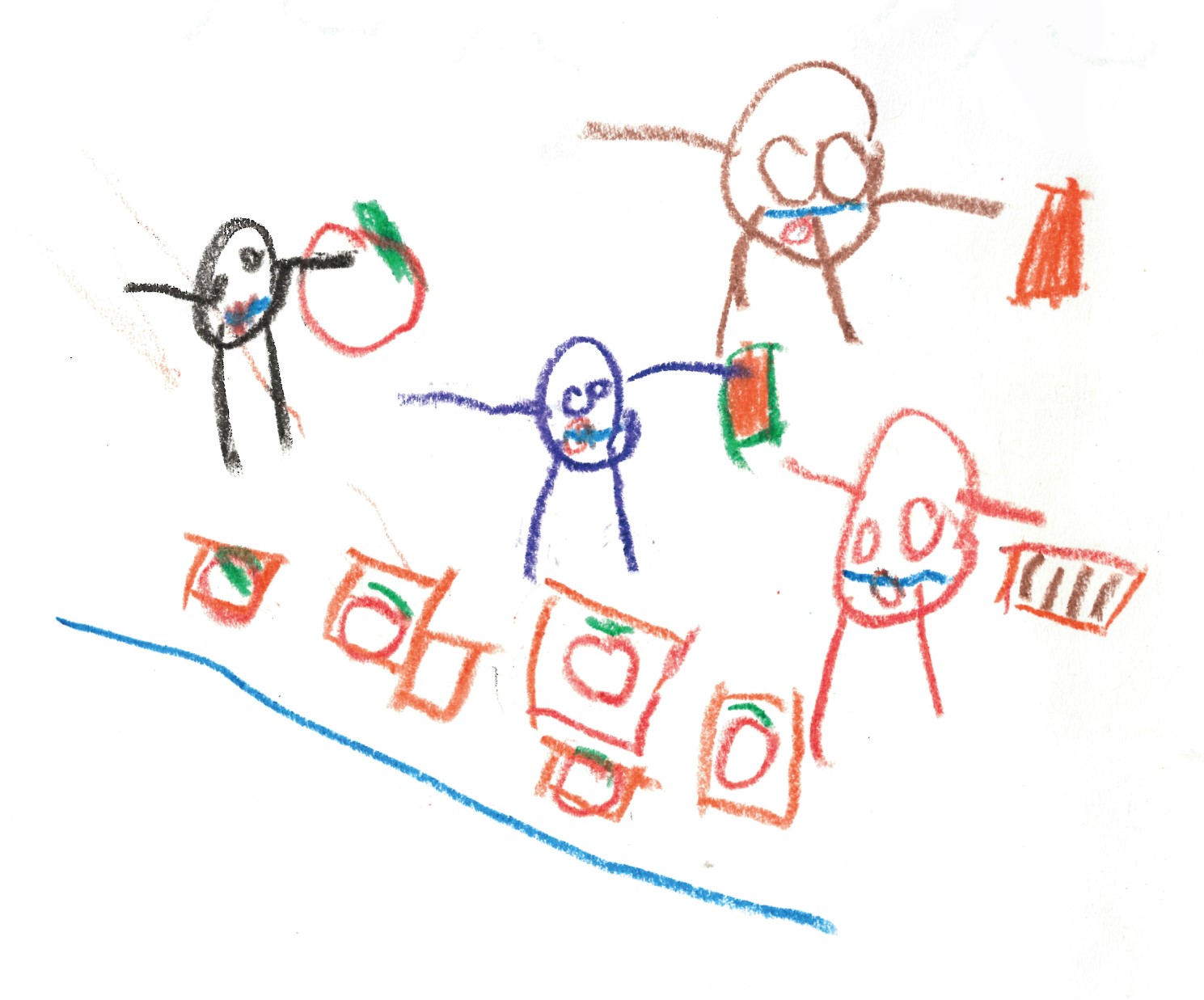
Cover image

Volume 8, Issue 5, November 2019
ACIP UPDATE
Update From the Advisory Committee on Immunization Practices
ORIGINAL ARTICLES
US Emergency Department Visits for Adverse Drug Events From Antibiotics in Children, 2011–2015
Nearly 70000 estimated pediatric emergency department (ED) visits are made annually for an antibiotic adverse drug event (ADE). Young children had the highest numbers and rates of ED visits for an antibiotic ADE. Interventions could be targeted to the pediatric patients who are at the greatest risk of ADEs.
Prevention and Control of Youth Camp–Associated Acute Gastroenteritis Outbreaks
Youth camp–associated acute gastroenteritis outbreaks occur annually and are caused by numerous pathogens via numerous transmission modes. Educating campers and staff on proper hygiene, food preparation, and general infection-control principles might help prevent or control these outbreaks.
Pediatric Histoplasmosis in an Area of Endemicity: A Contemporary Analysis
A high index of suspicion for histoplasmosis is required for its diagnosis. A combination of tests, including serology, urine and blood antigen measurements, and culture, should be performed to optimize the diagnostic yield in pediatric patients suspected of having histoplasmosis.
Addressing Hand Hygiene Compliance in a Low-Resource Neonatal Intensive Care Unit: a Quality Improvement Project
Viral Etiology of Acute Gastroenteritis in <2-Year-Old US Children in the Post–Rotavirus Vaccine Era
The rate of rotavirus detection has declined significantly across the United States, and norovirus is now one of the most important causes of acute gastroenteritis. Codetection of more than 1 virus is more common in children with AGE than in healthy children.
Immunogenicity and Reactogenicity of 13-Valent Pneumococcal Conjugate Vaccine Among Infants, Toddlers, and Children in Western Burkina Faso: Results From a Clinical Trial of Alternative Immunization Schedules
PCV13 has a satisfactory reactogenicity and immunogenicity profile when administered to infants, toddlers, and children according to alternative immunization schedules in Burkina Faso.
Human Immunodeficiency Virus (HIV)-Antibody Repertoire Estimates Reservoir Size and Time of Antiretroviral Therapy Initiation in Virally Suppressed Perinatally HIV-Infected Children
Different specific antibody responses against 10 HIV-1 viral proteins detected by Western blot, plasma assay on a very small amount of plasma (20 μL) can estimate HIV-DNA size and timing of ART initiation in long-term virally suppressed children.
Outcomes of Pediatric Central Nervous System Tuberculosis in California, 1993–2011
During our study period, the majority of children with central nervous system tuberculosis in California had a poor outcome. Young age and severity of disease at presentation were associated with poor outcome. Modifiable factors for improving outcomes should continue to be sought.
Temporal Trends in Co-trimoxazole Use Among Children on Antiretroviral Therapy and the Impact of Co-trimoxazole on Mortality Rates in Children Without Severe Immunodeficiency
The prevalence of co-trimoxazole use among children starting ART increased from 66.5% in 2006 to 85.6% in 2010 before declining to 48.5% in 2015–2016. The hazard of death did not differ according to co-trimoxazole use in children without severe immunodeficiency.
INVITED REVIEW
Evaluation and Management of Congenital Chagas Disease in the United States
Treatment of infants with congenital Trypanosoma cruzi infection reliably cures the infection and prevents the late complication of potentially fatal Chagas cardiomyopathy. Screening programs for identifying pregnant women with T cruzi infection should be developed.


